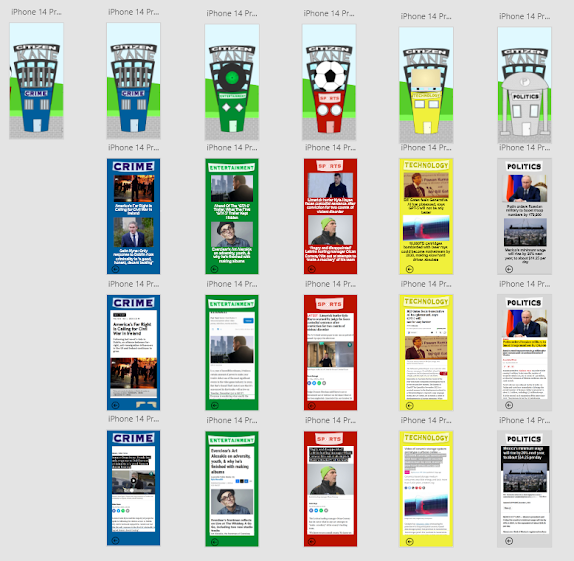How Readers and Journalists combat Bias - Cian
Whether we know it or not, we are all affected by bias in media. Every media or news outlet will have some form of bias, whether that’s social, political, or otherwise. Even when we are aware of the presence of bias, it will still creep in and colour our perceptions of a given article or outlet.
The ways we combat media bias differ on both sides of a given news article. Journalists and news organizations have an obligation to present correct facts and reliable, unbiased information. Readers on the other hand, have the job of sorting through the different articles and using their critical thinking to determine what information to trust.
Most readers typically hold journalists to a high standard, people want to be able to trust what they read. Reliable journalism helps combat disinformation.
For readers, the following actions help to reduce the influence of media bias:
- Reading from multiple sources.
Each news source will put its own spin on any given event. It is in a readers best interests to read articles from multiple publications about the same event. This allows the reader to cross reference and determine what the actual facts are. Some articles may choose to push their own agenda by omitting certain facts, or skewing figures. Certain opinions may also slip into the mix and be presented as fact, which can be dispelled by reading from multiple sources.
- Reading less biased sources
Although every news source has a form of bias, some are more biased than others. For example, Fox News in the US reports from a very right-wing conservative viewpoint and will present all its articles with that spin. In comparison, The Guardian in the UK is typically seen as a left-wing media outlet. Whether or not you lean in either political direction, both of these sources carry inherent bias towards those factions. It is up to the reader to seek out sources with a minimum of bias and emotionally charged reporting. The Associated Press is an independent international news organization which has set itself up as a bastion of unbiased reporting. Many other news outlets from both sides of the political spectrum will actually use AP information as a source for their own reporting. Looking out for these less biased sources helps to combat misinformation.
For journalists, the job of avoiding bias is considerably harder. They are the ones with the responsibility to present information in a truthful and nonpartisan way. Here are a few of the methods they use to do this:
- Removal of Opinion
News articles are usually written to avoid any form of opinion from the journalists involved. The language used is specifically chosen to be impersonal and without emotion. This helps to keep the focus on facts within the article. Some news outlets will contain opinion pieces, however these will be labelled as such at the top of the article.
- Forewarning messages.
While uncommon, some studies have shown that a warning message at the beginning of an article will help make the reader more aware of potential bias. Without skewing in either direction, simply telling the reader to be aware of bias in media opens the door to more critical thinking from the reader.
- Anti-Bias Training
Some journalists undergo anti-bias training to help them be more impartial in their reporting. This training goes beyond just identifying bias and its impacts. This training assists the journalist in mindfulness while reporting, self-reflection, and the un-learning of biased thinking.
Both journalists and readers have a job to do when it comes to getting the facts and combatting media bias. We can learn a lot from these methods and from putting ourselves in the shoes of both parties. These are just a few of the potential ideas we can draw upon to help make our AI Aggregator more impartial and less biased.

.png)
Comments
Post a Comment